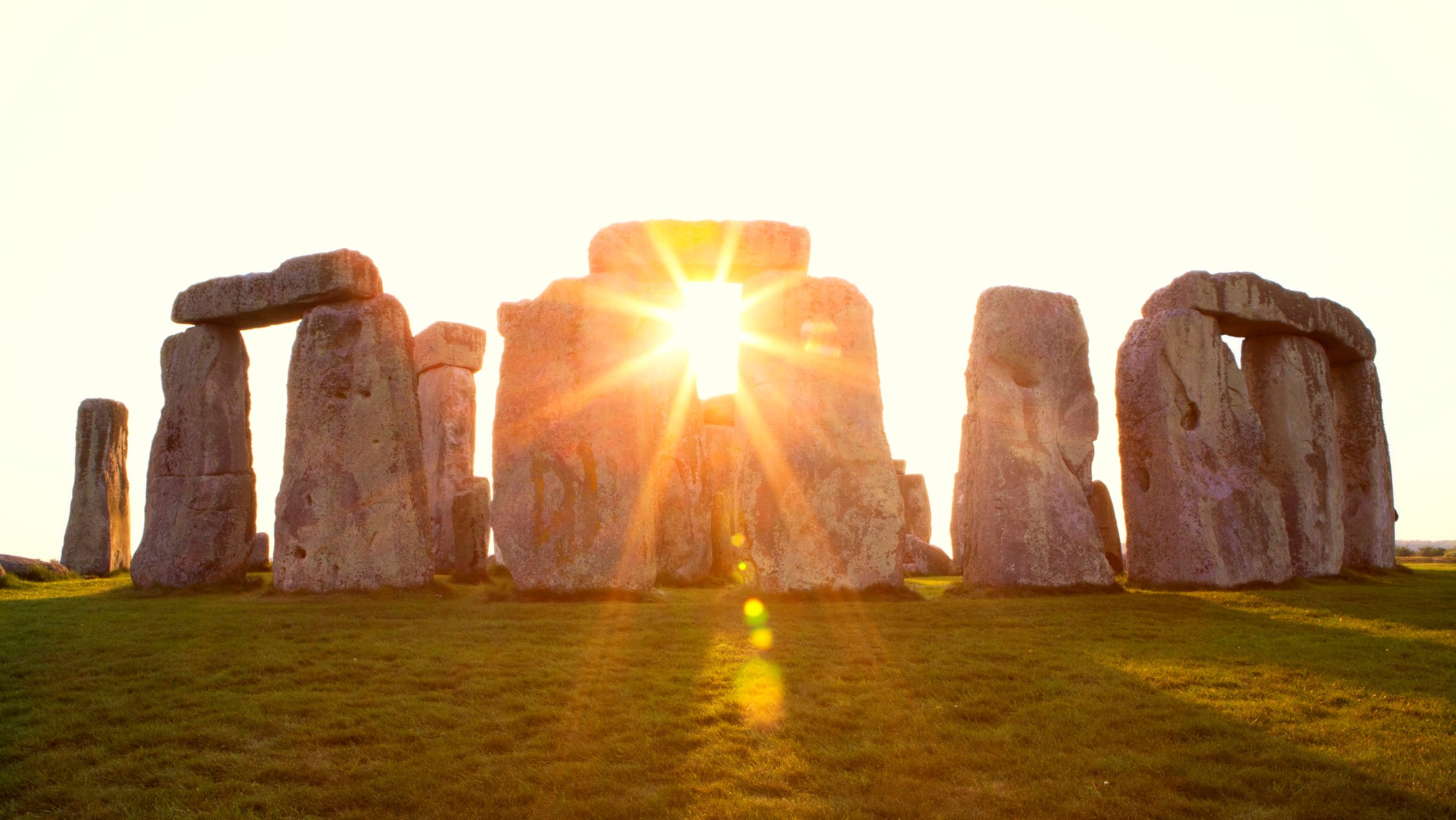Summer solstice 2022 marks the longest day in the Northern Hemisphere
Summer officially began today (June 21) at 5:14 a.m. EDT (0914 GMT), huzzah!

Summer officially kicks off in the Northern Hemisphere today (June 21), marking the longest day of the year.
During the June solstice (or summer solstice), the sun reaches its highest and northernmost points in the sky. Delivering the maximum daylight hours of the year for the Northern Hemisphere and minimum daylight hours of the year in the Southern Hemisphere, according to Chris Vaughan, amateur astronomer with SkySafari Software who oversees Space.com's Night Sky calendar.
This year, the summer solstice officially occurred at 5:14 a.m. EDT (0914 GMT), when the sun reached a point directly overhead of the Tropic of Cancer (latitude 23.5 degrees north).
Related: The brightest planets in June's night sky: How to see them (and when)
In addition to the longest day of the year and the start of summer, the June solstice also occurs at the moment the northern half of Earth is tilted toward the sun, resulting in the Northern Hemisphere receiving sunlight at the most direct angle of the year.
To determine how many hours of daylight you'll receive during the June solstice you can use The Farmer's Almanac Sunrise and Sunset Calculator.
As always, there are two sides to every story. While the Northern Hemisphere welcomes longer days and warmer temperatures, the June solstice marks the beginning of winter in the Southern Hemisphere when the sun is at its lowest point in the sky.
Get the Space.com Newsletter
Breaking space news, the latest updates on rocket launches, skywatching events and more!

Looking for a telescope for the next planet sight or skywatching event? We recommend the Celestron Astro Fi 102 as the top pick in our best beginner's telescope guide.
Throughout June, stargazers will be treated to other skywatching events including a rare "planet parade" where all five naked-eye planets will be visible in the predawn sky as they line up in their orbital order from the sun. From left to right in the southeastern sky, you'll be able to spot Mercury, Venus, Mars, Jupiter and Saturn all in a row. (Mercury, which is usually hidden by the sun's glare, will become easier to spot as the month matures.)
The best opportunity to see this spectacle may come on June 24, as Mercury should rise about an hour before the sun, according to a press release from Sky&Telescope.
Throughout June, the moon will continue to journey past the morning planets. Calling in on Mars on June 22, Venus on June 26 then finally Mercury on June 27.
Hoping to capture a good photo of the moon as it approaches the morning planets? Our guide on how to photograph the moon has some helpful tips. If you're looking for a camera, here's our overview of the best cameras for astrophotography and best lenses for astrophotography. As always, our guides for the best telescopes and best binoculars can help you prepare for the next great skywatching event.
Follow us on Twitter @Spacedotcom and on Facebook.
Join our Space Forums to keep talking space on the latest missions, night sky and more! And if you have a news tip, correction or comment, let us know at: community@space.com.

Daisy Dobrijevic joined Space.com in February 2022 having previously worked for our sister publication All About Space magazine as a staff writer. Before joining us, Daisy completed an editorial internship with the BBC Sky at Night Magazine and worked at the National Space Centre in Leicester, U.K., where she enjoyed communicating space science to the public. In 2021, Daisy completed a PhD in plant physiology and also holds a Master's in Environmental Science, she is currently based in Nottingham, U.K. Daisy is passionate about all things space, with a penchant for solar activity and space weather. She has a strong interest in astrotourism and loves nothing more than a good northern lights chase!









